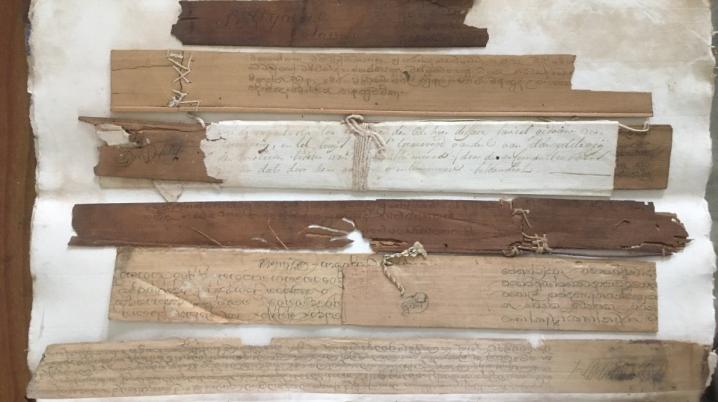
Sri Lanka: Strolling through shared history
Preparatory work
During previous collaborative projects between the National Archives of Sri Lanka (SLNA) and the National Archives of the Netherlands (NAN), around two thirds of the Dutch East India Company archives held in Colombo were conserved, restored and microfilmed. As those microfilms are in black and white, SLNA and NAN would like to digitise the (rest of the) archives in order to have reproductions that are closer to the original documents. In preparation for this project, NAN’s archivists conducted a survey of the condition of the archives stored in the repositories in Colombo, to determine the nature and extent of the damage. They’ve also updated the archival inventory, which contains descriptions of all of the archive's components.
Nature of the documents
The Dutch East India Company ruled parts of coastal Ceylon (present-day Sri Lanka) for almost 150 years in the 17th and 18th centuries. The trading company left behind more than 7000 volumes of documents. The vast amount of archival material contains information on the political, economic and social history of Sri Lanka, not only produced by local company officials, but also by the people with whom they interacted. Most documents are written in Dutch but some are written in regional languages (Sinhalese or Tamil), sometimes on special surfaces like palm leaves (ola). The main goals of the project will be to expand public access to these important historical documents and to advance the preservation of the archival records by reducing wear and tear on the original documents.

